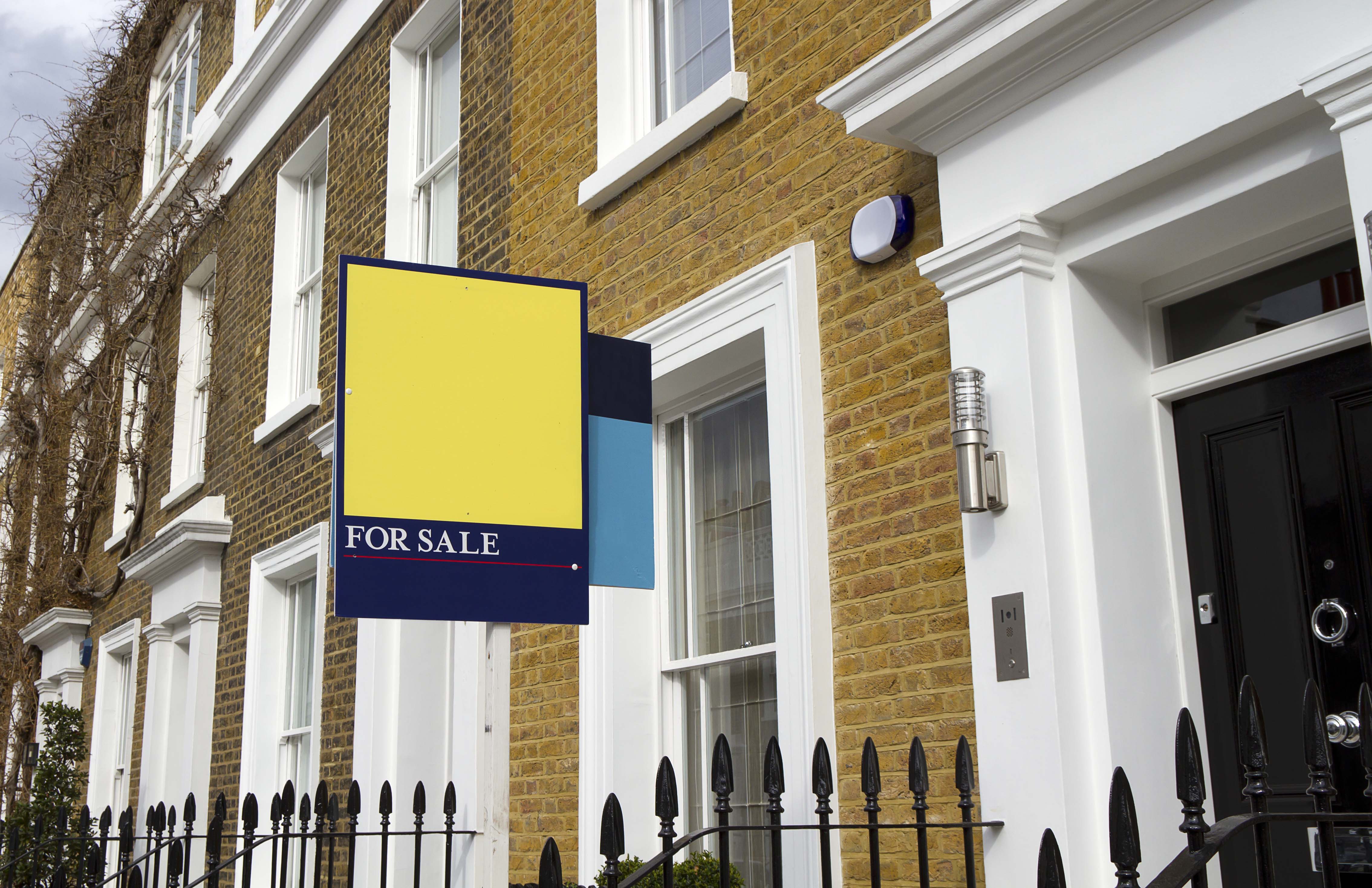First-time Buyers
Housing market divide grows

The gap between London and the commuter belt and the rest of the UK is widening, according to estate agents.
the UK housing landscape has split firmly into“two markets” – the capital and commuter belt being driven by the London effect and the rest of the country where other areas of the property market are just beginning to stir, according to estate agents Jackson-Stops & Staff.
Nick Leeming, chairman of estate agents Jackson-Stops & Staff, said:
“Two distinct markets have emerged from the downturn. London’s occupancy profile has altered significantly. Mobility is more important to young professionals who move around with work and may opt or be forced to rent rather than buy. People are working longer hours and want to be relatively close to their offices: they also need to be available to meet clients. Working from home for two days a week and in London for the rest of the time has become less attractive. As a result, the London influence on the rest of the UK remains weak and has resulted in a “two markets” effect but this will change as confidence in the City improves.
“International demand will continue to underpin central London and service sector growth will continue to sustain demand in the South-east. Elsewhere, the main drivers will be regional economic growth.” The London suburbs and places within an hour of London by train are benefiting from the rise in prices in the capital. Good transport links, excellent schools, and an appealing mix of shops, restaurants, leisure facilities and open spaces tend to be the essential characteristics for an appealing destination to move to or invest.
“These apply equally to the London suburbs and to attractive towns and villages across the UK – and, according to Jackson-Stops & Staff agents across the UK, will be among the main reasons for moving in 2014.
Sebastian Anduze, Jackson-Stops & Staff, Holland Park, said:
“This part of central London is not only close to the West End and the City but also well placed for speedy weekend exits to the country. Its appeal lies in the eclectic mix of traditional and bohemian styles, plus wonderful schools, parks, high-end boutiques, bars and restaurants.”
The general confidence in the London market comes, in part, from the city’s geographical position. This is combined with the fact that London is still perceived as the economic capital of the world.
Harry Buchanan, Jackson-Stops & Staff, Pimlico, said:
“We have seen strong prices continuing and the main factors would be supply and demand and London being perceived as a safe investment. Another contributing factor has been the sharp growth of some of the Asian markets against the pound. This makes a central London investment not only safe but wise.”
Charles Puxley, Jackson-Stops & Staff, Chelsea, added:
“I do not see a significant increase in stock levels happening in the short-term. In Holland Park and Notting Hill, the areas remain popular with both UK and international buyers”.
Wimbledon Village is a popular staging post for people moving out of central London, according to the agency. It points out that the shops and boutiques retain a cosmopolitan vibe, while the excellent schools, the open spaces of Wimbledon Common and strong community spirit are attractive for families seeking to escape the hustle and bustle of the urban centre.
Roland Simpson, Jackson-Stops & Staff, Wimbledon Village, said:
“The proposed Crossrail link has been another incentive for buyers but large detached homes and the glamour of being close to the All England club continue to attract.”